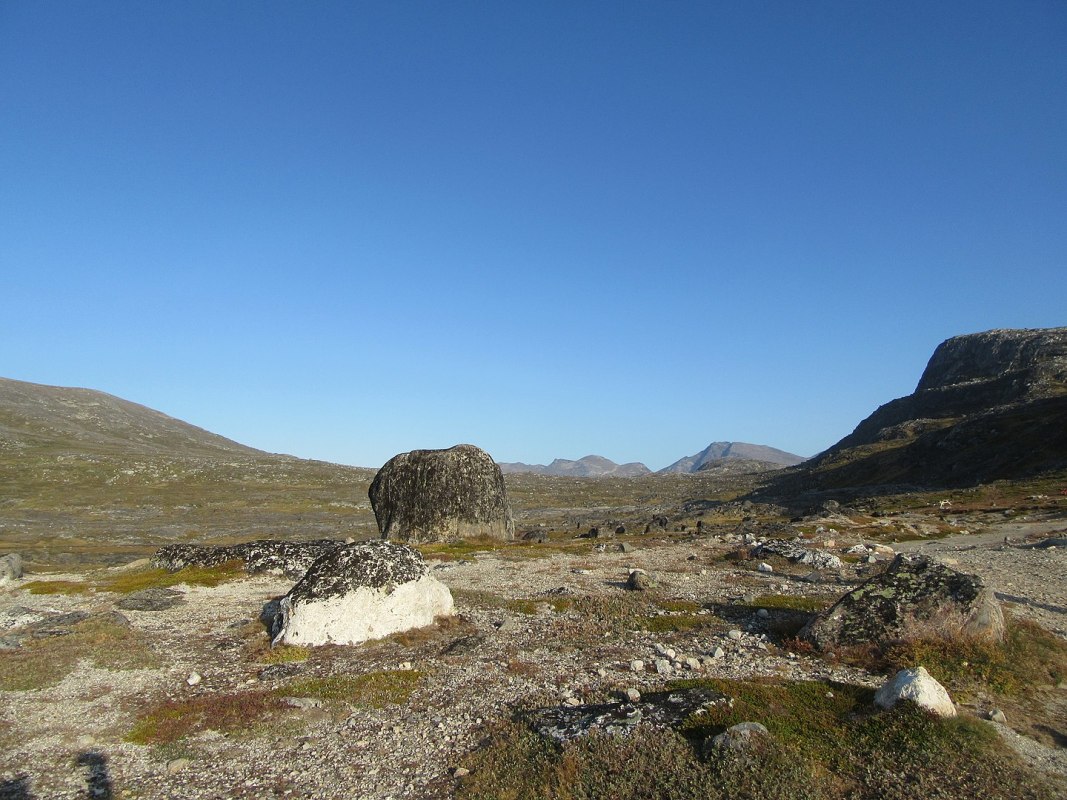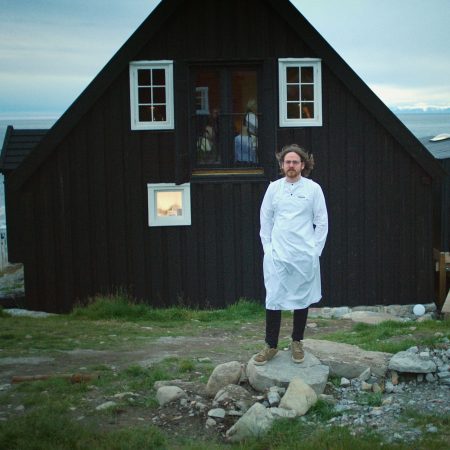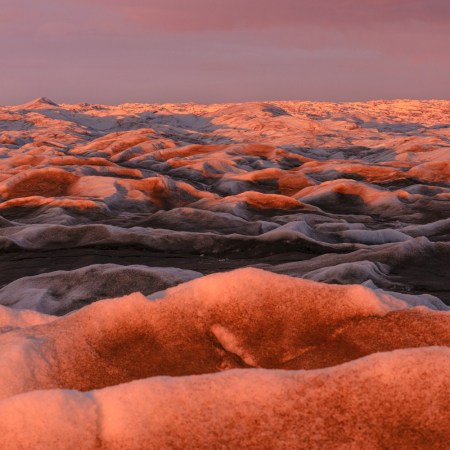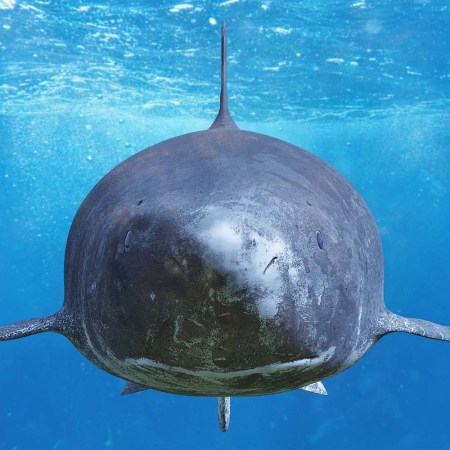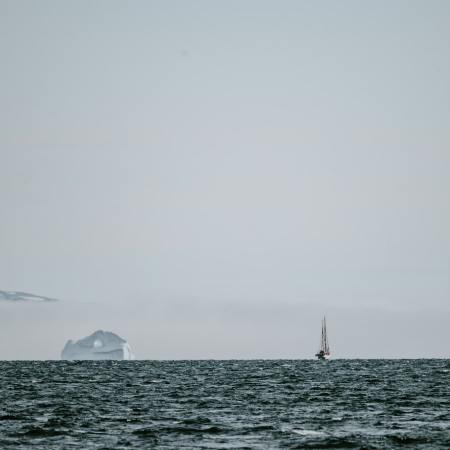The name most people outside of Greenland know it as has a long history, dating back over a thousand years. As a National Geographic investigation into that history shows, there are multiple accounts of its naming — including the legend that explorer Erik the Red dubbed it “Greenland” to attract settlers and evidence that, around the ninth and tenth centuries, Greenland was actually significantly greener than it is now.
Go back even further in time, however, and you’d be likely to find an even greener landscape before you. That’s one of the biggest takeaways from a new Smithsonian Magazine article, which describes a paper recently published by a number of scientists, including the University of Cambridge’s Eske Willerslev. That paper argues that Greenland was once a more verdant land, home to a host of ancient animals — including mastodons.
This was a long time before Erik the Red first arrived on the scene, however. Willerslev and his colleagues analyzed ancient DNA to get a sense of what Greenland was like two million years ago. The result? Something that Willerslev described as “an ecosystem with no analog in the present day.”
These findings have been a long time in coming. As Smithsonian notes, scientists initially gathered materials in 2006 from the Kap Kobenhavn Formation. It wasn’t until much more recently that the team working to find DNA were able to use technology that could measure its presence. From there, they discovered evidence of dozens of plant species, as well as both land and marine animals.
It’s a big step towards understanding the ancient world — and a stunning reminder of what ancient Greenland was like.
Thanks for reading InsideHook. Sign up for our daily newsletter and be in the know.
